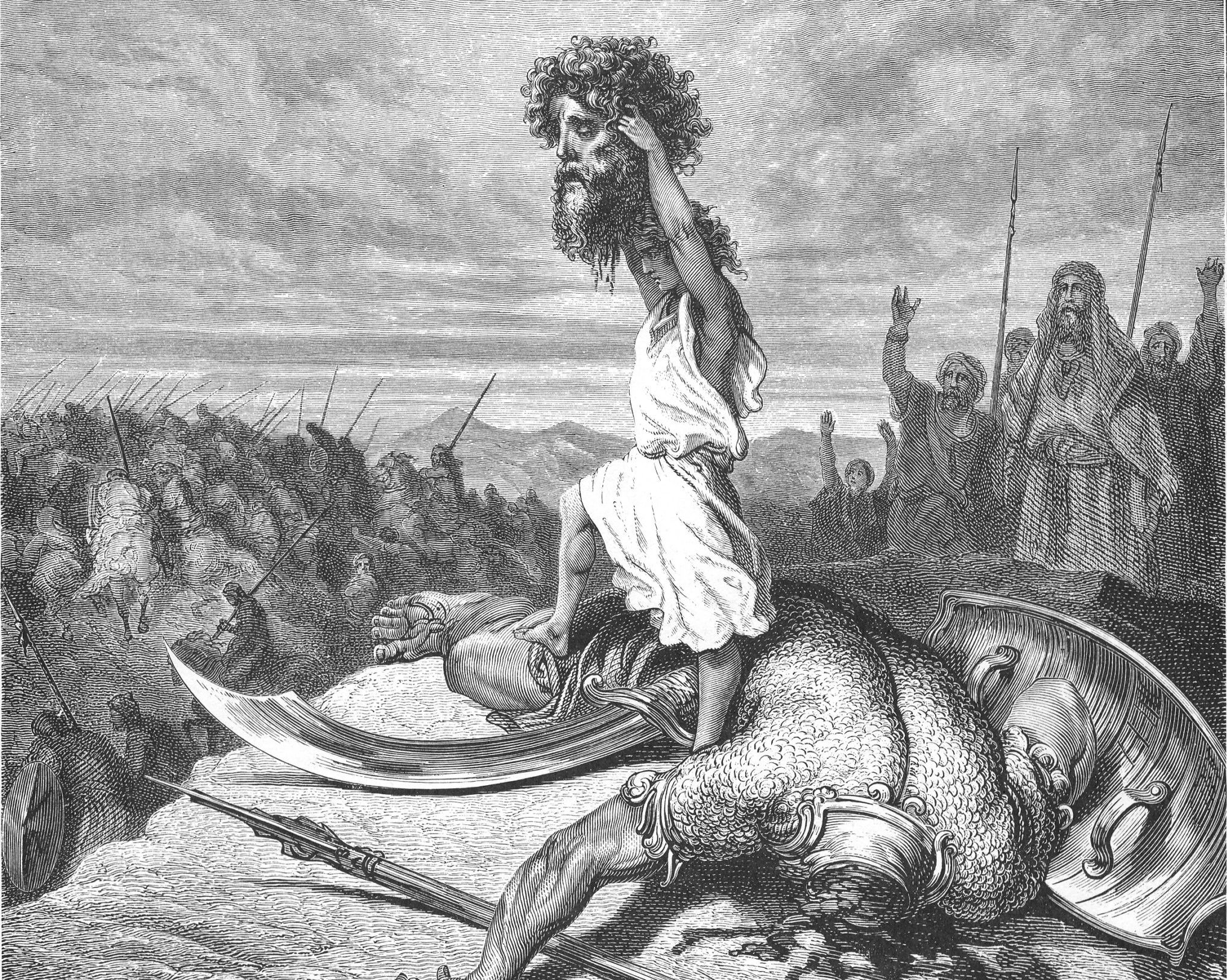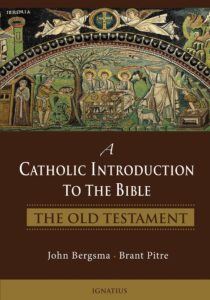Why Does Jesus Hold Up King David As A Role Model?
By Clement Harrold

Getting to grips with the Old Testament figure of King David can be a struggle for Christians. On the one hand, his pedigree is impossible to deny: he is the most mentioned figure in the Hebrew Bible; Jesus depicts him as a role model of sorts (see Lk 6:1-5); and Scripture even describes him as “a man after [God’s] own heart” (1 Sam 13:14).
But all of this presents a conundrum for anybody who knows David’s story. Sure, he has some heroic and virtuous moments. But isn’t this the same king who notoriously abused his power by sleeping with another man’s wife and having her husband killed in battle (see 2 Sam 11)? Indeed, the scale of David’s sin can hardly be overstated: a close look at the narrative concerning Bathsheba and Uriah shows the king’s conduct to be truly horrific.
For one thing, the obvious implication in the biblical text is that David didn’t merely commit adultery with Bathsheba; he raped her. Then, upon learning she is with child, he adds deception to his crimes by trying to persuade Uriah to sleep with Bathsheba. And yet, Uriah proves himself too virtuous for David’s machinations, informing the king that he wouldn’t dream of going home and lying with his wife while his fellow soldiers are in the middle of their campaign.
Here the contrast between Uriah and David is stark. Whereas David had succumbed to sloth and neglected his royal task of leading Israel’s armies into battle (see 2 Sam 11:1), Uriah shows himself to be an exceptional and devoted soldier. It is this loyal son of Israel whom David has cruelly murdered following his failed attempt at a cover-up.
All of this helps make 2 Samuel 11 one of the saddest chapters in the entire Bible. Israel’s great national hero, their divinely appointed priest-king, the one who was described as imitating the very heart of God, has been reduced to spiritual ruin thanks to his willful sloth, lust, deceit, abuse of power, and murder. How, then, can the inspired Word of God possibly speak of David as a figure worthy of emulation?
In a sense, the biblical answer to this question lies on David’s own lips. Faced with a serious plight at the conclusion of 2 Samuel, the assailed monarch cries out: “I am in great distress; let us fall into the hand of the Lord, for his mercy is great” (2 Sam 24:14). This forms the key which unlocks the mystery to who King David is and why God continues to find favor with him in spite of his many failings.
The scale of David’s sins are matched only by the lavishness of his repentance—a repentance which leads him to compose Psalm 51, a heartfelt plea for forgiveness which some 3,000 years later continues to be used as the Church’s prayer of penance par excellence.
Yes, David failed. Yes, he made serious mistakes. And yes, he sinned terribly. But despite it all, he never despaired of God’s mercy. And when the prophet Nathan openly confronts him about the nature of his crimes, instead of having the old man executed, David immediately repents of his evil deeds: “I have sinned against the Lord” (2 Sam 12:13). How many kings in the ancient world were willing to publicly repent of their mistakes? David does this and more, proceeding to make a days-long vigil of fasting and prayer to atone for his sins.
Today it is easy for us to forget that in the Israelite imagination King David was an epic figure, a national hero of Churchillian proportions. He is the one, we should remember, who united the kingdom of Israel for the first time in her history; the one who finally captured Jerusalem from the Jebusites, and who successfully routed the Philistines; the one who as a small shepherd boy took on the mighty Goliath—and, by God’s grace, was victorious. He is the one who gathered together the twelve tribes; the one who laid the groundwork for the Temple; the one who put Israel’s enemies to flight.
And yet, what makes King David so relatable is that while he was all these magnificent things, he was also a sinner. More than that, he was an extravagant sinner. But it is essential for us to understand that he would be the first to affirm that fact; and that admission makes all the difference. Across the Scriptures, this is what distinguishes sinner from saint, Solomon from David, Judas from Peter, the bad thief from the good thief.
The story of David’s life confirms the biblical truism that God’s power is made perfect in our human weakness (see 2 Cor 12:9). In some deep sense, David remains “one of us” in the Jewish imagination; whether it be his lowly shepherding background or his remarkable awareness of his own sin, he stands out as a captivating figure who rose from the humblest of origins to become the very greatest of Israel’s kings.
David is living proof that saints still mess up, sometimes even more dramatically and egregiously than those around them. But what sets them apart is their steadfast confidence in God’s unfailing mercy. David possessed this confidence in bucket loads, and that is why his story ends not as a tale of devastating personal failings, but as a profound testimony to the triumph of divine grace.
Further Reading:
John Bergsma and Brant Pitre, A Catholic Introduction to the Bible: The Old Testament (Ignatius Press, 2018)
Clement Harrold earned his master’s degree in theology from the University of Notre Dame in 2024, and his bachelor’s from Franciscan University of Steubenville in 2021. His writings have appeared in First Things, Church Life Journal, Crisis Magazine, and the Washington Examiner.
You Might Also Like
Although many Catholics are familiar with the four Gospels and other writings of the New Testament, for most, reading the Old Testament is like walking into a foreign land. Who wrote these forty-six books? When were they written? Why were they written? What are we to make of their laws, stories, histories, and prophecies? Should the Old Testament be read by itself or in light of the New Testament?
John Bergsma and Brant Pitre offer readable in-depth answers to these questions as they introduce each book of the Old Testament. They not only examine the literature from a historical and cultural perspective but also interpret it theologically, drawing on the New Testament and the faith of the Catholic Church. Unique among introductions, this volume places the Old Testament in its liturgical context, showing how its passages are employed in the current Lectionary used at Mass.
